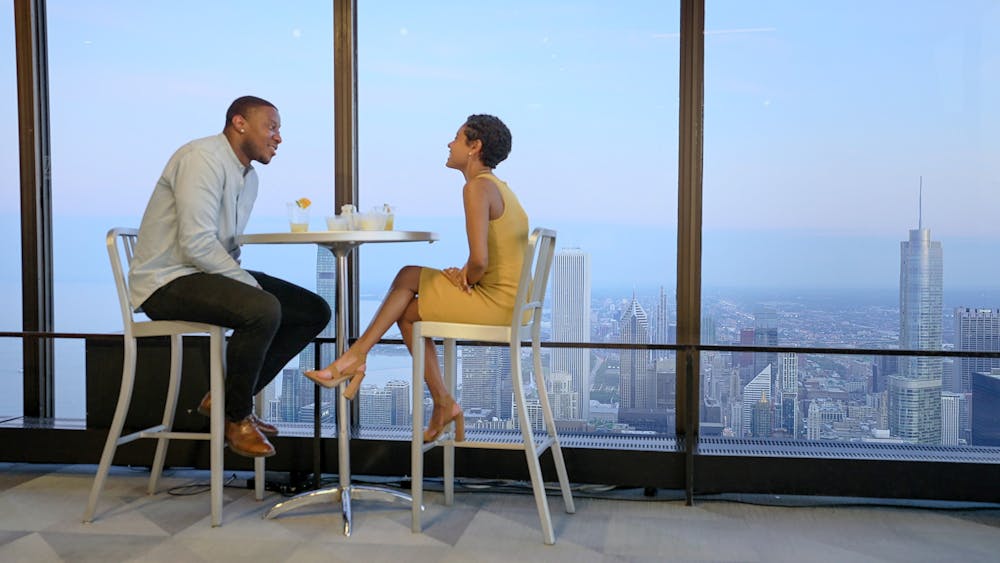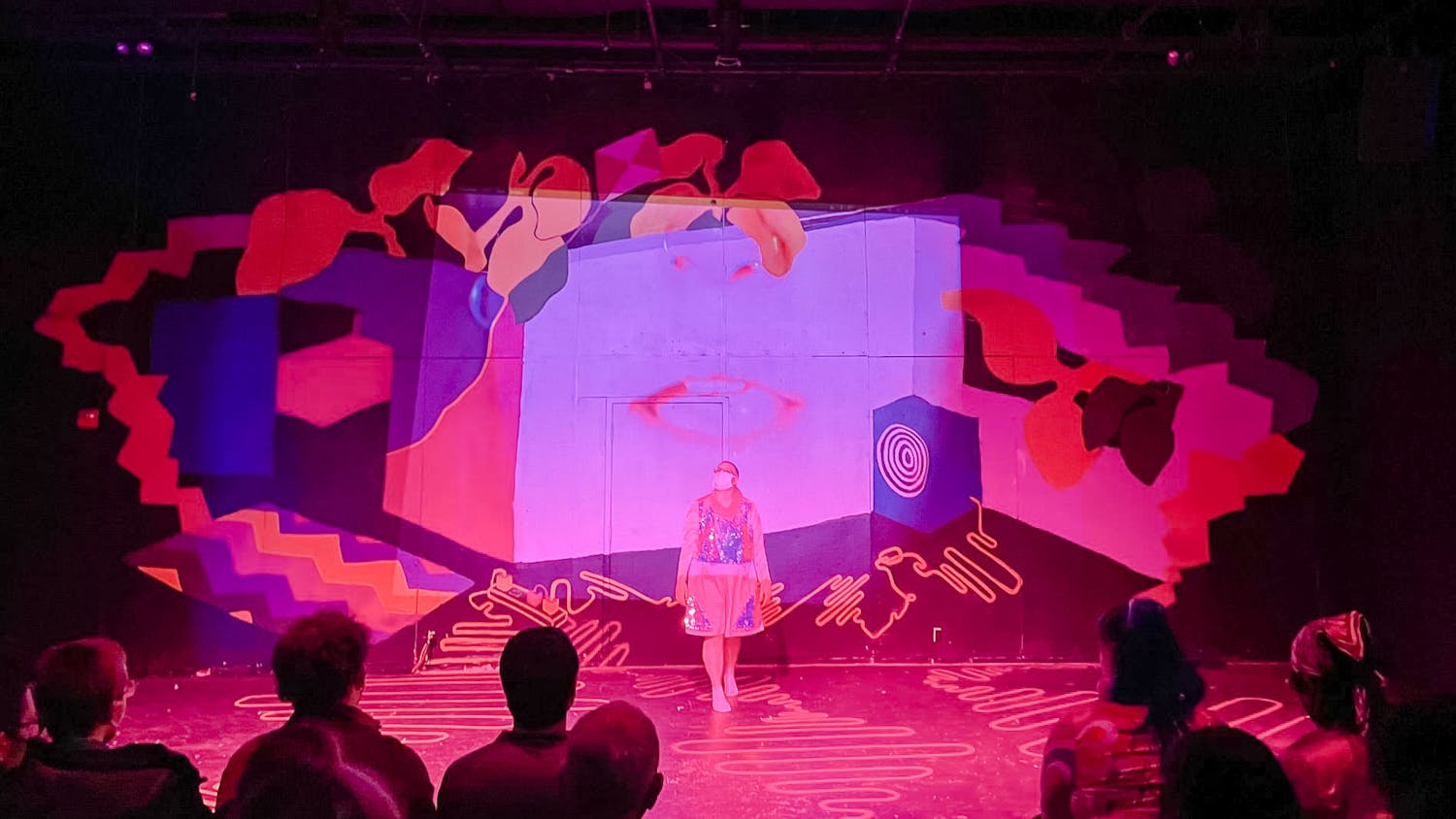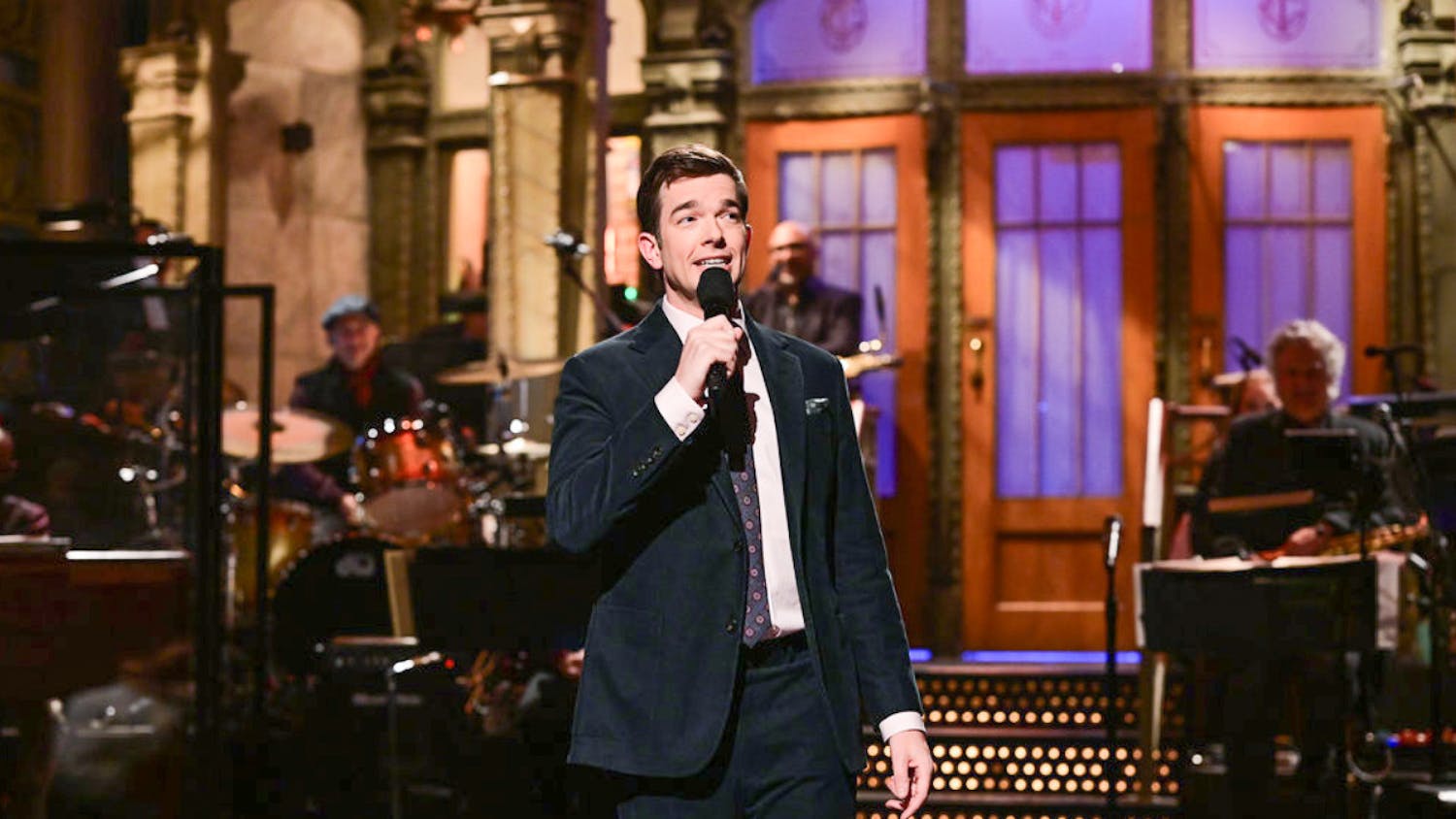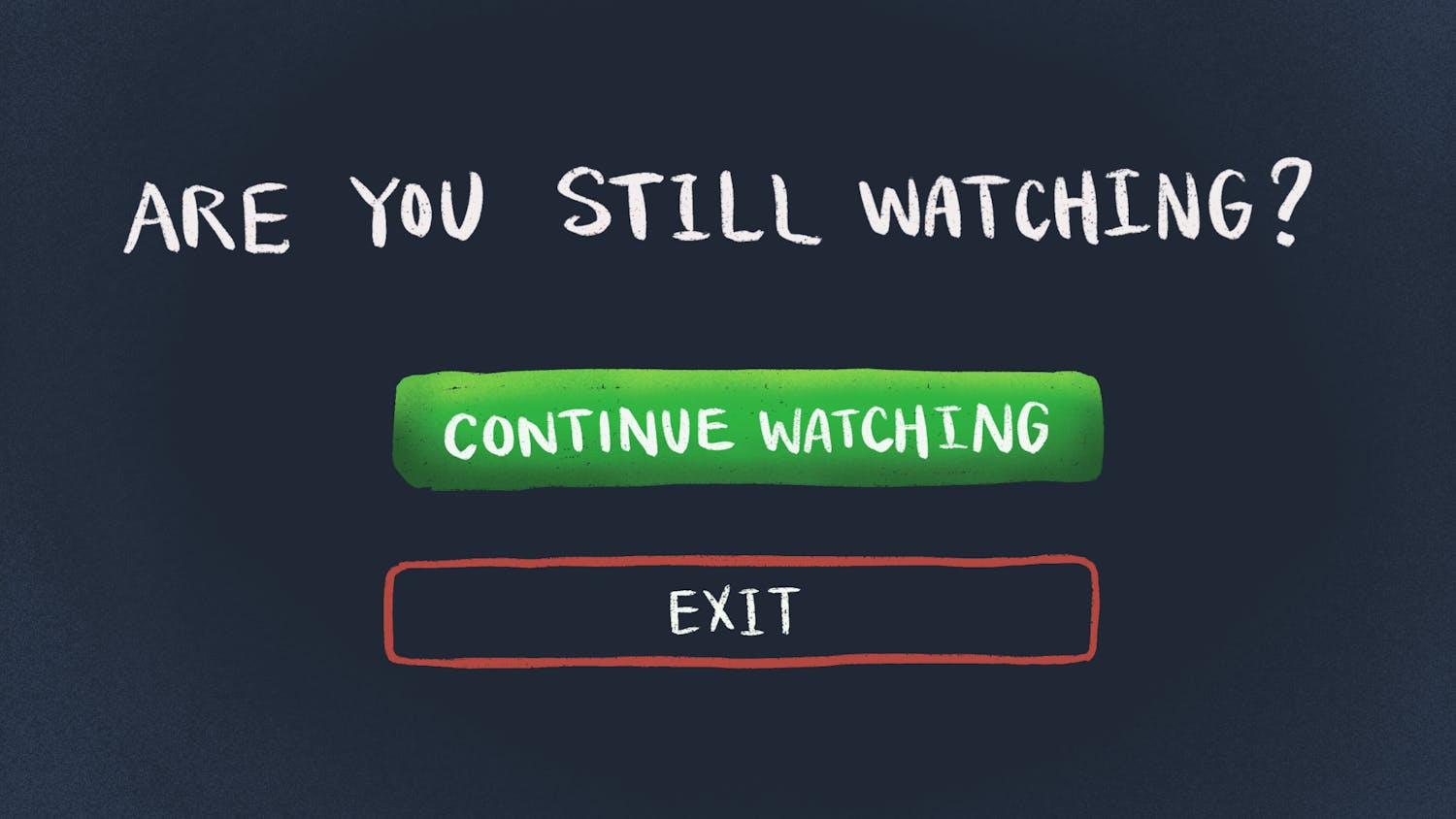When Netflix released the first season of “Love Is Blind” in February 2020 — a reality TV show where couples meet and “date” without seeing each other until they are in love enough to get engaged — the idea of bonding with someone from two separate rooms seemed unimaginable. But, two years after COVID-19 revolutionized the ways we communicate and interact, the premise of “Love Is Blind” strikes a more sensitive chord. The second season of “Love Is Blind” seems less like a dystopian social experiment and rather a post-pandemic recipe for building a romantic relationship from afar. Yet, the end result does not seem as appetizing as it once was.
The season follows the same premise and structure as its predecessor. In the first episode, hosts Nick and Vanessa Lachey welcome fifteen single men and fifteen single women to the show. Next, the contestants are paired off and meet one another in “pods,” conjoining rooms where each couple can speak to one another through a wall but cannot see each other. From the outset, some of the participants prove more problematic than others. For example, 33-year-old veterinarian Abhishek (nicknamed Shake) asks one of the girls he meets in the pods whether he would be able to put her on his shoulders at a music festival, implying his strict prerequisites for a partner’s weight and defeating the show’s whole objective — proving that appearances shouldn’t matter. Another of Shake’s infamous quotes includes, “I love buying clothes for girls. ... What’s your size?” Similarly problematic is the fact that all the couples in Season 2 remain heterosexual. For our current era that champions diversity in gender and sexual orientation, the show still lacks inclusivity.
In the following episodes, participants explore the different bonds they are building in the pods, with some even deciding that they have met their soulmates. While in Season 1 of “Love Is Blind” one of the female participants proposed, Season 2 only saw men get down on one knee — albeit some of them had to do it twice! After a successful proposal, the couples see each other for the first time in an edge-of-your-seat reveal. Then they escape to a romantic getaway in Cancún, Mexico, where they can enjoy their relationship outside of the pods.
For some couples, the real world tests their relationship — some realize that they are not physically attracted to the people they fell in love with in the pods, others must confront potential soulmates who rejected them and many have to accept their new partners’ insecurities. But they cannot dwell on any of these insurgent issues for too long, because their weddings are scheduled four weeks after the initial proposal.
Tension builds as couples meet their soulmates’ families or see their messy apartments for the first time. With every episode, the audience is eager to know which couples will say “I do'' to one another on their wedding day and which ones will be left stranded at the altar. The episode entitled “The Weddings” that aired on Feb. 25 did not disappoint. Through intense pauses and suspenseful music, the couples walk down the aisle one by one. But they don’t all leave in pairs.
Despite the show remaining an entertaining piece of reality TV, Season 2 of “Love Is Blind” ultimately felt lacking in substance. Perhaps the context of the pandemic raging for two years before the season’s release took away from the show’s premise. After all, several quarantines and not so many dates later, the idea of dating someone without meeting them in real life does not seem as novel as it did when Season 1 aired. In February 2020, Season 1 of “Love Is Blind” seemed like a lighthearted, fascinating social experiment that would reinstill viewers’ faith in the pursuit of the “the one” without being tied down by superficial characteristics. Two years later, though, the show has become a somewhat exaggerated and hollow reflection of our pandemic reality.





